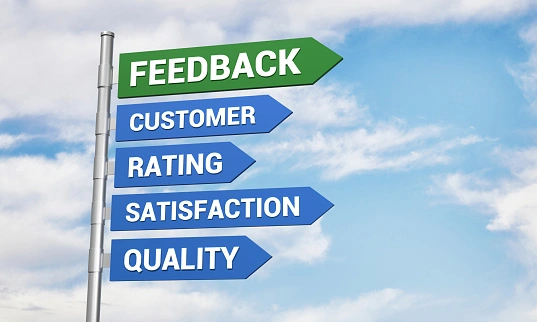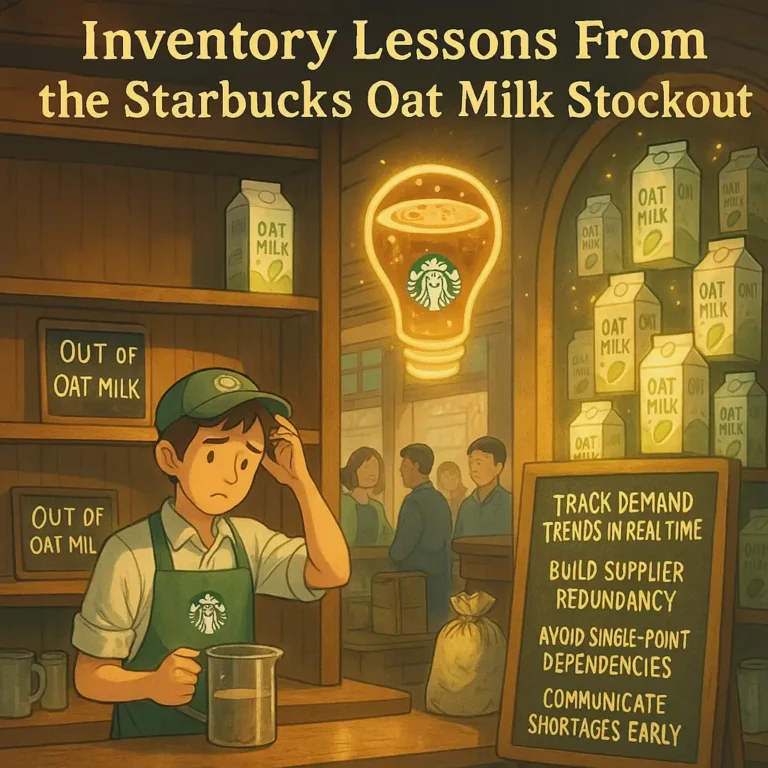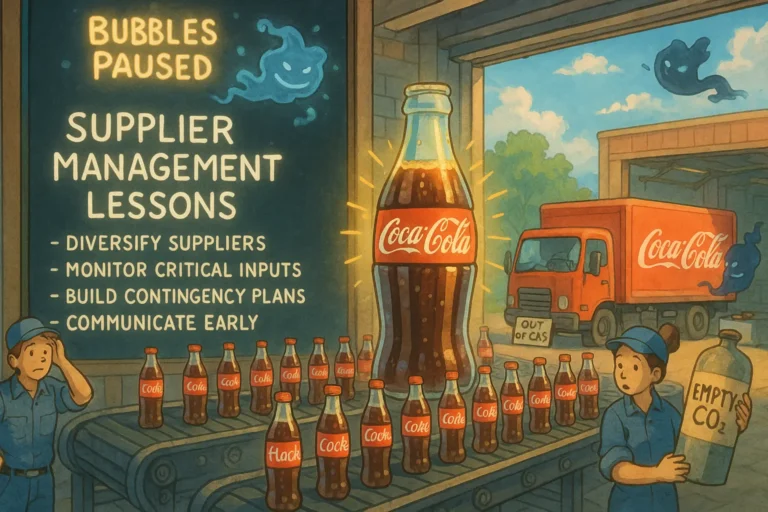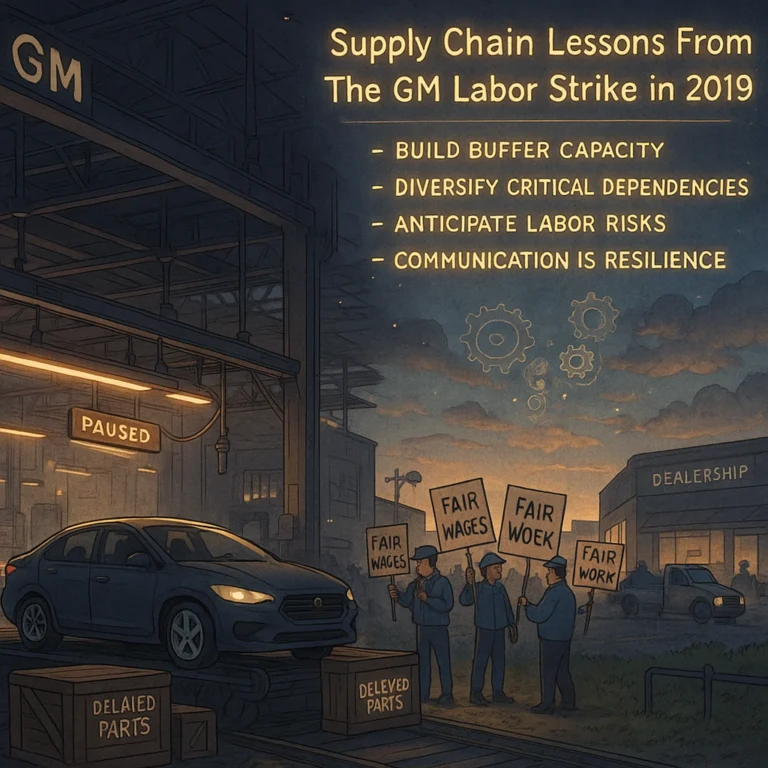
As demands continue to evolve, businesses are increasingly having to improve customer satisfaction through the supply chain.
Customer satisfaction is how organizations or businesses gain a competitive advantage over their industry rivals. For example, LG may offer its customers more hardware options than Samsung because it believes those options will endear customers to its product. An organization that prioritizes customer satisfaction will also gain their loyalty. Customer-focused supply chains are designed intentionally with the customer in mind, not necessarily profit. Of course, putting your customers first will always bring profitability.
In this article, we explore improving customer satisfaction through the supply chain.
Importance of Customer Satisfaction
Customer happiness is important to the success of any business. And its impact extends beyond sales and marketing. It can also determine the effectiveness and efficiency of the supply chain.
Here are several reasons why customer satisfaction matters to the supply chain
1. Repeat Business
Satisfied consumers are more likely to become loyal consumers, making repeat purchases from your company. This stability in demand enables better supply chain planning, lowering the risk of product overstocking or understocking.
2. Demand Forecasting
Businesses can enhance the accuracy of their demand forecasting by tracking client satisfaction levels and learning about their preferences. This aids in optimizing inventory levels, manufacturing schedules, and logistics, which results in cost savings and improved overall supply chain efficiency.
3. Supply Chain Responsiveness
Customer satisfaction assists in identifying areas for improvement and addressing potential supply chain challenges. Businesses may improve supply chain responsiveness by listening to customer input and addressing their concerns, ensuring that products and services are delivered on time and exceed consumer expectations.
4. Brand Reputation and Loyalty
A happy customer will likely spread the word about your company, resulting in a better brand reputation and favourable word-of-mouth referrals. This, in turn, draws new customers and reinforces brand loyalty, resulting in a virtuous cycle that benefits the whole supply chain.
5. Competitive Advantage
Customer happiness provides organizations with a competitive advantage. Customers are less likely to move to your competitors when they are satisfied, resulting in lower customer turnover. It empowers your company to concentrate on increasing its market position and surpassing competitors.
6. Continuous Improvement
A customer-centric strategy encourages organizations to improve their products, services, and procedures continuously. This culture of continual improvement pervades the supply chain, driving efficiency gains, cost savings, and innovation.
7. Long-Term Partnerships
Customer satisfaction promotes long-term relationships between companies and their suppliers. A happy client is more likely to form strategic alliances with suppliers, allowing for mutual benefits such as cost savings, enhanced quality, and shared innovation.
How Can You Improve Customer Satisfaction Through The Supply Chain?
Because customer satisfaction is vital, businesses have no choice other than to find ways to improve. The good news is that they can seamlessly achieve that through the supply chain. Here are a few strategies to try out:
1. Product Quality
With so much competition between supply chains today, quality is one way a business can stand out.
Today’s generation of customers values long-lasting products that deliver on the manufacturer’s promise. Ideally, before promising a product and its features, your company should do the work or research and, therefore, be able to deliver on that. So, how can your supply chain ensure product quality? It all starts with sourcing the right partners and raw materials.
The supply chain plays a significant role in putting these materials together and delivering them in good condition to your customer at the best possible cost.
2. Increase Product Variety or SKU Proliferation
Before the iPhone 6, Apple Inc. released just one iPhone each year. The company had to change this strategy because it realized it had customers who wanted certain specifications or features that its one “iPhone” release failed to offer.
Because they had initially stuck to one phone, competitors like Samsung and Huawei were stealing these customers yearly. Today, Apple releases three phones, reaching more customers. The point is that every organization or business has customers who want various products for several reasons. Coca-Cola offers Coke and Diet Coke, Samsung offers the Galaxy Note and Note Plus, and Amazon offers same-day delivery and two-day shipping.
Having variety in your product offering is one way to improve customer satisfaction. Of course, a supply chain requires flexibility and agility to offer multiple products.
3. Enhance Transparency and Accountability
Organizations are constantly at the mercy of their customers, who are clamouring for transparency and accountability.
Customers increasingly value sustainable practices, profit moderation, and adaptability from the supply chains of businesses or organizations they patronize. Customers want to know where these businesses or organizations source their products, how they source them, and other ESG practices they embody. Sustainable practices aren’t the only factors your supply chain should consider. Company values and stories also play a huge role.
Is your supply chain model living up to what your business professes?
Are your customers getting a good deal, or are you ripping your customers off?
Your supply chain can answer these questions in keeping with transparency or accountability.
4. Shorten Delivery Time or Lead time
Lead times are essential for any successful supply chain.
Customers want quality products delivered to them on time. Some may argue that delivery times are part of product quality, which has some merits. With the aid of technology and automation, you can reduce your supply chain’s lead time or delivery time. By cutting down on waste, you also improve the supply chain’s efficiency.
5. Integrate Technology
Increasingly, Supply chains and technology are intertwined.
Technology has never been more critical to any supply chain, especially with its increasing complexity. By leveraging tech solutions, supply chain operations have become much more efficient, defects have been reduced, and the output of the supply chain or products from the supply chain have increased. Technology also helps the supply chain respond promptly to customer demands.
It almost feels like the supply chain cannot go wrong with it. 5
From tracking trends to planning the entire supply chain and the delivery process, accurately predicting demands, and ensuring complete transparency. Tech is a game changer for many businesses and their supply chains. For instance, one of Amazon’s products or services is same-day delivery. To ensure this outcome, they use robotics and automation in their fulfilment centers.
As a supply chain manager eager to improve customer satisfaction, integrating technology into your supply chain can be a wise decision.
6. Agile Inventory or Stock Management
An effective inventory management strategy will certainly go a long way in meeting customer needs, thereby improving satisfaction.
Zara uses a mix of inventory management strategies to stay ahead of its competitors. It also leverages technology to manipulate these strategies efficiently, which helps it stay on top of customer demands.
Bottomline: Inventory management strategies will enable an agile inventory system, helping you respond to the customer promptly.
Key Metrics for Tracking Customer Satisfaction
1. Rate of daily, weekly, or monthly new customers
2. Why are your customers leaving
3. At what rate are your customers leaving
4. What are the primary customer’s points when reviewing your product?
5. What areas of your supply chain receive the most complaints or compliments?
6. Do your customers believe the product has lived up to the hype?

Obinabo Tochukwu Tabansi is a supply chain digital writer (Content writer & Ghostwriter) helping professionals and business owners across Africa learn from real-world supply chain wins and setbacks and apply proven strategies to their own operations. He also crafts social content for logistics and supply chain companies, turning their solutions and insights into engaging posts that drive visibility and trust.







